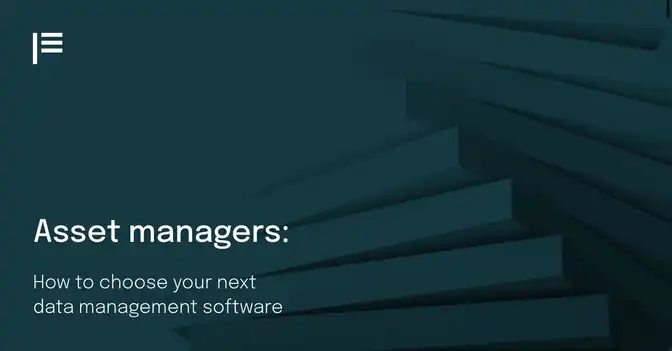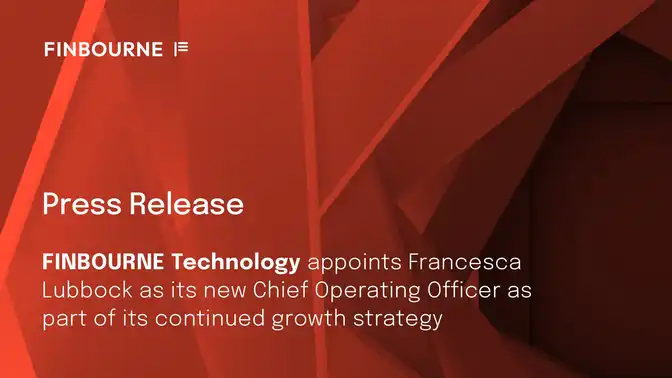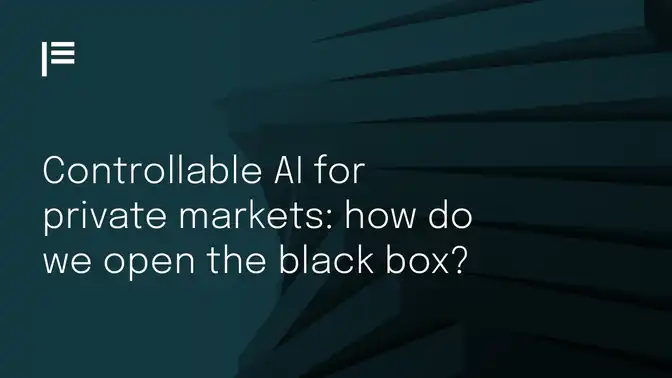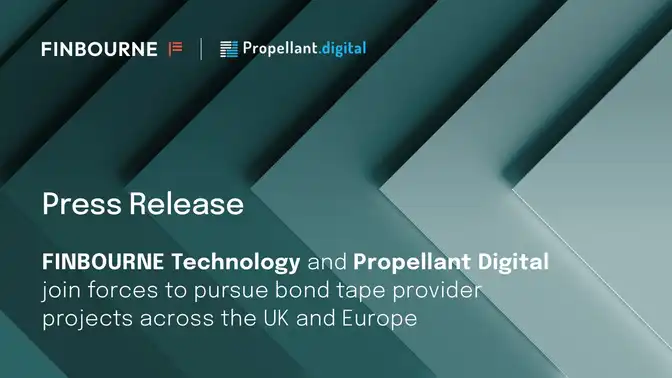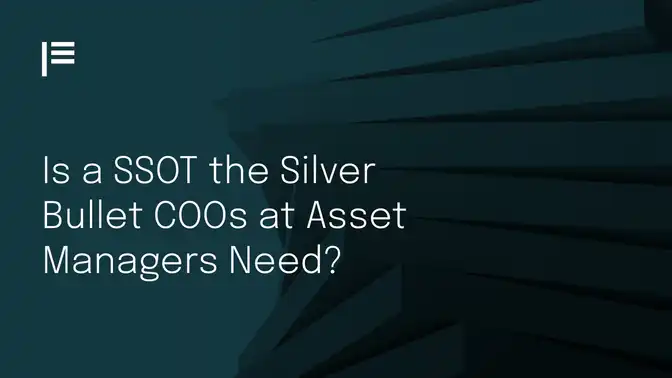Ensuring that you have the right data management technology can be a complex process for asset managers, and it’s often challenging to know even where to start.
Emerging technologies, cost pressures and an ever-shifting investment landscape are all pushing the web of existing systems operating within asset managers to their limits.
Change is needed if the industry is to break away from the siloed, legacy infrastructure and underlying incompatibility, which is holding asset managers back from ensuring seamless cooperation between front-, middle- and back-office teams.
But where to begin? To help, here are five key questions that asset managers should be asking when looking to choose their next platform:
- Do You Have a Single Source of Truth for All Teams and Systems?
Many asset managers have built up their tech stacks over years, if not decades. Typically they will use a complex web of systems and software vendors to manage their assets and conduct operations.
As a result, asset managers often find that their front-, middle- and back-office systems present different versions of the truth. The front-office for instance may contain a representation of their positions that include open orders, whilst the back-office may only have access to data from executed trades and finalised positions, giving it a radically different view of an organisation’s exposure.
In the past, solving this issue has proved to be costly and complex, relying on manual intervention to reconcile data, in a process that still denies teams a real-time whole-of-fund view of their positions.
A common goal when choosing new software for asset managers is to reach an end point where a single source of truth exists; this can only be achieved with a holistic overview of all existing systems.
FINBOURNE helps asset managers achieve a unified, trusted and consolidated view of their financial and non-financial data with its EDM+ platform, which provides every team with an accurate, single source of truth.
- What Do Your End Users Need?
Technology enables people to do their jobs more quickly and efficiently with less risk. It is vital, therefore, that asset managers determine which teams would benefit from technological investment before they make it!
This may stretch from portfolio, order and compliance management to fund, custody, accounting, risk oversight, client reporting and beyond – or it could be narrowly focused on just one of these elements.
Understanding the scope of what you want to change with a new technology investment and why is the only way to identify which features and functionality you need to manage your data effectively.
The right software should be able to effortlessly plug in data from any asset class, in both public and private markets, and provide end users with the information they need in the right format at the right time.
FINBOURNE offers a full suite of modular front middle and back-office solutions that give your teams the tools they need to turn data into information and information into action. This includes an advanced Portfolio Management System (PMS), comprehensive Investment Book or Record (IBOR) and powerful Shadow NAV and Fund Accounting technologies.
- Does the New Software Need to be Compatible With Existing Technology?
It’s unlikely that a new platform will entirely replace all your organisation’s existing systems.
Either during the transition phase or once the new platform is introduced, it will likely have to play nicely with various front-, middle- and back-office systems that are retained.
Therefore, it’s essential to carefully consider a platform that has broad and deep compatibility with existing technology.
FINBOURNE helps asset managers deploy a platform built on highly adaptable technology to enhance current capabilities or completely replace them.
- Which Data Sources Need to be Integrated?
With a sea of new and alternative data sources available, more and more organisations are seeking to consume data to manage risk and gain a competitive advantage.
The ability to easily ingest new data sources is vital for those who seek to gain deeper insights into market trends, identify alpha-generating opportunities, and optimise portfolio construction.
Without this ability, many asset managers are forced to rely on human intervention and the proliferation of bespoke or ad hoc systems to handle alternative data sources.
Managing this data within a single platform, that can automatically ingest and master data from a full range of sources is crucial for organisations that seek to control their costs.
What’s more the need to comply with regulations like the sustainable finance disclosure regulation (SFDR) with its disclosure requirements has sharpened the need for asset managers to achieve a nuanced understanding of data relating to their holdings.
FINBOURNE helps asset managers easily ingest and master every type of data by integrating with best-in-breed data vendors and systems via our Horizon enablers.
- What Information is Needed for Client or Regulator Reporting?
Achieving real-time client and regulator reporting is fast becoming table stakes as external stakeholders demand increasing efficiency and transparency.
On the regulatory front, asset managers require software that facilitates regulatory reporting, monitoring investment activities for compliance breaches, and adapting to evolving regulatory requirements across jurisdictions.
At the same time, for client reporting organisations must offer intuitive user interfaces, personalised reporting capabilities, and seamless communication channels to engage with clients effectively and address their evolving needs and preferences.
FINBOURNE helps asset managers achieve all their reporting goals. Its powerful Transfer Agency capabilities provide detailed information on account balances, cash positions, and transactions, while its Luminesce data virtualization engine can retrieve, join and manipulate data from across an organisation’s disparate systems in real time.
Interested to learn more? Speak to one of our experts today by clicking here.
